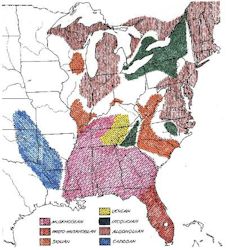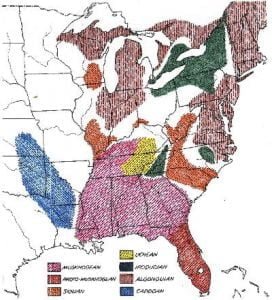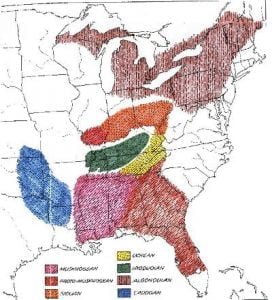Shinnecock Tribe
Shinnecock Indians. An Algonquian tribe or band on Long Island, New York, formerly occupying the south coast from Shinnecock Bay to Montauk Point. Many of them joined the Brotherton Indians in New York. About 150 still remain on a reservation of 750 acres, 3 miles west of Southampton, having intermarried with Negroes until their aboriginal character is almost obliterated. Nowedonah, brother of the noted Wyandanch, was once their chief, and on his death his sister, wife of Cockenoe, became his successor. In Dec. 1876, 28 Shinnecock men lost their lives in an attempt to save a ship stranded off Easthampton, … Read more





